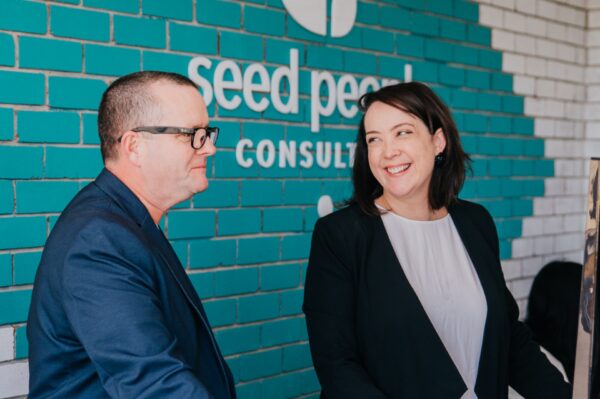Remote working has reshaped the traditional Australian workplace and changed the way we work forever. It’s easy to identify the benefits to remote working such as increased flexibility and balance, however as we well and truly enter the third year of COVID-life, the digital burnout of employees is increasing.
Recognising the signs of increased isolation and disconnection is the first step to curbing the negative impact, followed by the provision of support, resources and encouragement to enable a successful long-term approach to remote work. Here are 4 steps to recognise the digital burnout of employees.
Create opportunities to connect
It would be unusual if you hadn’t felt the strain or difficulty that comes with the lack of visibility when managing remote team members. Sometimes the opportunity to see someone in person can provide insights unavailable over the phone or email.
Make sure to use the digital solutions we’ve become so accustomed to such as Zoom and Microsoft teams, not just for messaging but also to connect ‘face to face’ with your team, to help bridge that physical gap.
Be aware of your employees signs of distress
To better understand the challenges your employees might be facing, it’s worth establishing regular, direct (video-enabled!) conversations. By doing so, you might notice an employee is no longer contributing to meetings, is easily distracted and distant or constantly looking away.
Clues are also available without the camera. Watch and listen for any shifts in tone of voice over email or on the phone, as well as a change to their productivity and attitude to work.
Encourage and enable employee support
If you do notice changes in an employee’s attitude, your regular check-ins may provide the opportunity the team member needs to open up about their challenges and allow you the opportunity to provide support and share your own experiences.
A show of vulnerability and acknowledgment that no-one is alone in the challenges of remote work will go a long way!
Where your concerns are ongoing and you don’t feel that you’re seeing a shift towards more positive behaviours, don’t be afraid to refer your team member to seek other support via avenues such as an Employee Assistance Provider, a close friend or family member, or Lifeline.
Adapt working conditions
Ah, the ‘new normal’ – remote work has pushed us all into the chaotic world where our home has become the place in which we juggle work commitments, family and childcare responsibilities, home duties and all the other joys of life!
It’s so important to do what we can to understand these challenges and provide solutions where we can.
Here are some thoughts from our team, on what to do minimise the risk of team disconnection:
- Encourage employees to set their own routine based on their circumstances – Maybe a working parent logs on first thing in the morning to get on top of their emails and then comes back online later in the evening after getting the kids to bed.
- Ensure team members’ workloads are realistic and meaningful – try modifying duties, eliminating tedious and time-consuming tasks and instead focusing on the key actions an employee needs to complete each day.
- Where possible, encourage and approve regular leave requests to allow team members to have time away from work, to decompress and unwind.
We get it. It’s hard. And we’re all learning.
The good news is that Seed People Consulting is available to discuss digital burn out of employees whenever you need us. We’d love the opportunity to provide personalised advice on how to support team members. So contact us today to find out how we can help!
For more ideas on how to recognise employees at risk of digital burnout , contact Seed People Consulting to discuss how we can help.




